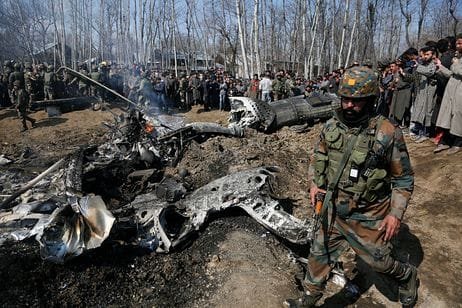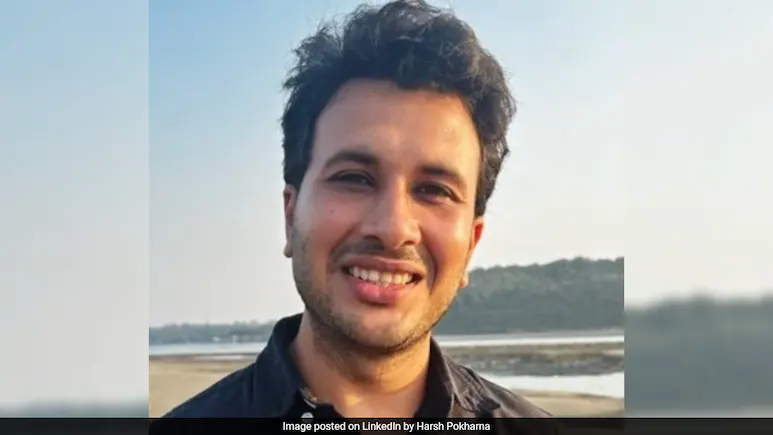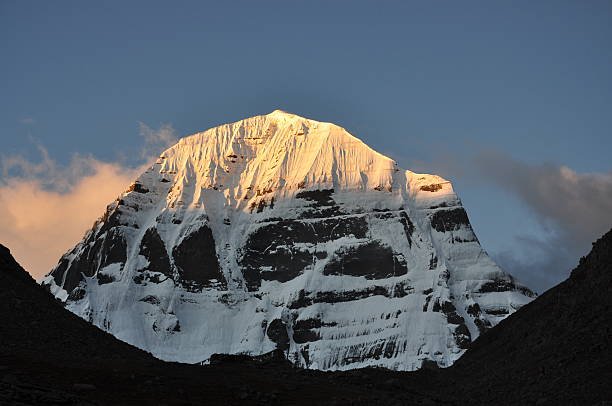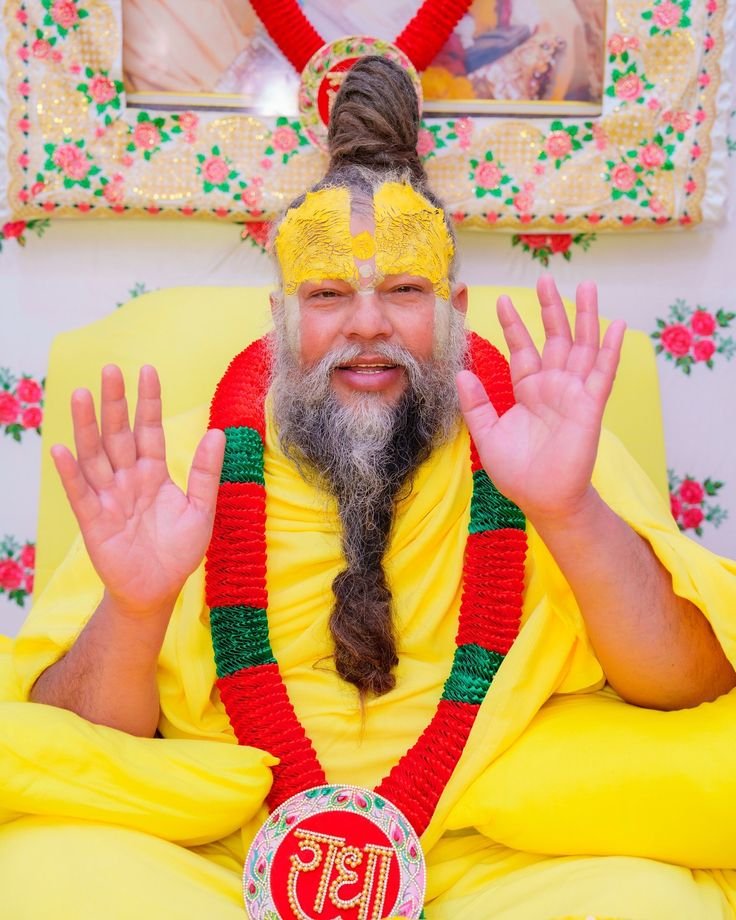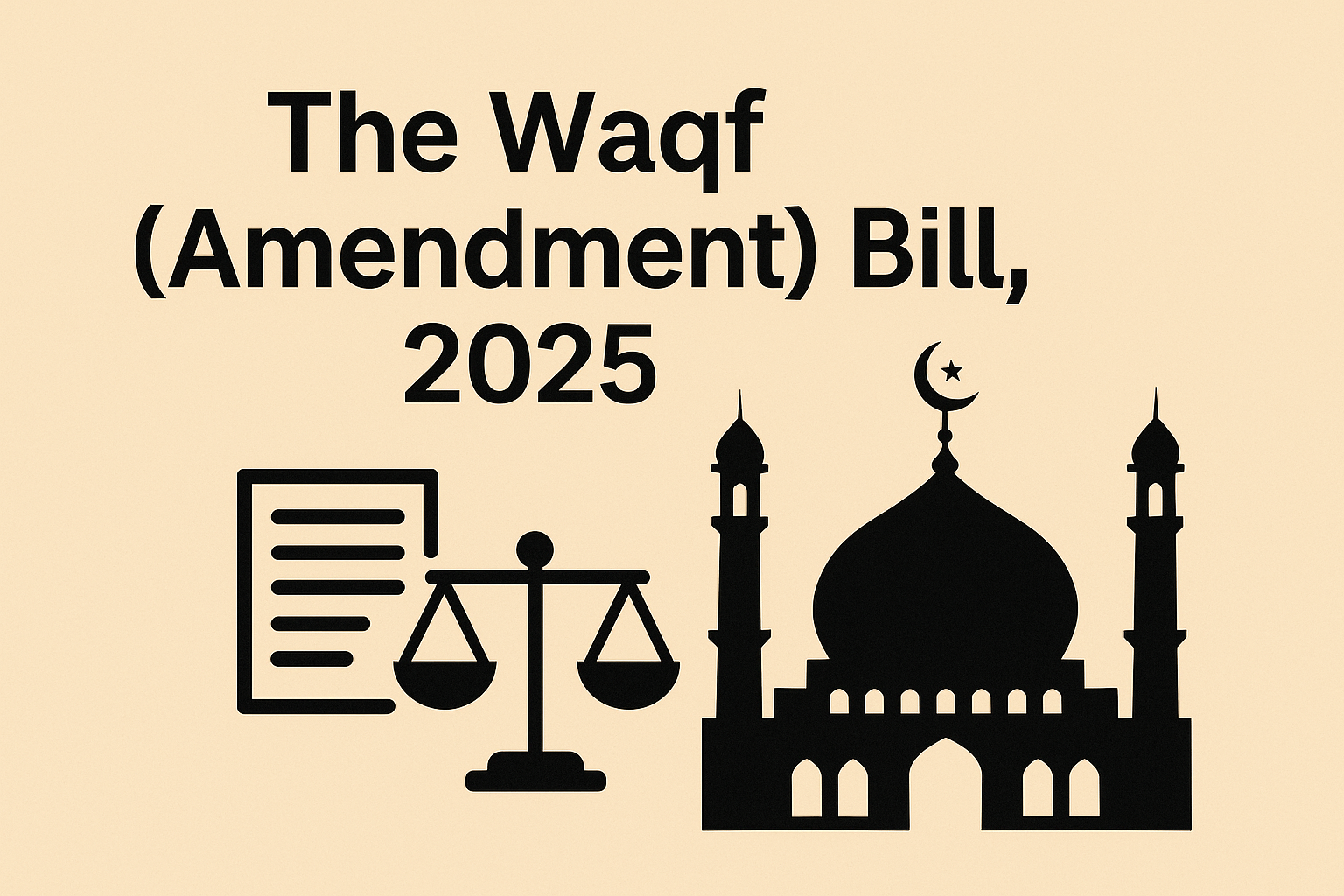On April 22, terrorists killed 26 tourists in Pahalgam, Jammu and Kashmir. Men were shot in the head and chest in front of women and children. Was told the women- leaving you because to go and tell Modi.
Prime Minister Modi was in Saudi Arabia during the incident. They left the tour in the middle and returned to the country and called a cabinet meeting. On 24 April, he said- Terrorists will get a big punishment than imagination. After this, he met the army officers and said- Army should decide space and time for action.
15 days after the Pahalgam incident, the army carried out an air strike in Pakistan and POK. In 25 minutes, 9 terrorists destroyed the hideout. More than 100 terrorists were killed. It was here that the terrorists were trained. India named it ‘Operation Sindoor’. Because the terrorists raised the honeymoon of the sisters and daughters of the country.
After this, Pakistan started firing at the area and airbase, adjacent to the border and airbase from the night of 8 May. India also attacked Pakistani military bases in retaliation. But on May 10, a ceasefire was announced between the two countries following the mediation of US President Donald Trump.
Here’s a concise visual breakdown of the recent escalation between India and Pakistan—from the Pahalgam terror attack to Operation Sindoor and the subsequent ceasefire—presented in six key graphics:
Operation Sindoor
1: The Pahalgam Attack (April 22, 2025)
On April 22, 2025, a devastating militant attack occurred in Pahalgam, Jammu and Kashmir, resulting in the deaths of 26 civilians, predominantly Hindu tourists. India attributed the attack to Pakistan-backed groups like Jaish-e-Mohammed and Lashkar-e-Taiba, marking it as the deadliest incident in the region in nearly three decades.
2: Operation Sindoor Targets (May 7, 2025)
In retaliation, India launched “Operation Sindoor” on May 7, 2025, targeting nine sites in Pakistan and Pakistan-administered Kashmir. These strikes aimed at dismantling terrorist infrastructure, including training camps and launch pads. Notably, a top Jaish-e-Mohammed commander, Abdul Rauf Azhar, was reported killed in the operation.
3: Pakistan’s Retaliation
Following the Indian strikes, Pakistan condemned the actions as a “blatant act of war” and initiated retaliatory measures. These included drone and missile attacks targeting Indian regions such as Jammu, Punjab, and Rajasthan. Pakistan claimed to have downed several Indian aircraft, although these claims remain unconfirmed.
4: International Mediation Efforts
The escalating conflict drew global concern. High-level diplomacy, notably by U.S. Secretary of State Marco Rubio and Vice President JD Vance, facilitated a ceasefire agreement between India and Pakistan. Other nations, including Saudi Arabia, Turkey, and China, also called for restraint and dialogue
5: Ceasefire Agreement (May 10, 2025)
On May 10, 2025, both nations agreed to a U.S.-mediated immediate and full ceasefire. Despite the agreement, sporadic violations were reported, with continued drone sightings and shelling in certain regions. Both countries have since engaged in high-level meetings to discuss de-escalation strategies.
6: Civilian Impact and Regional Disruptions
The conflict severely affected civilians on both sides. Casualties were reported, airspaces were closed, and numerous flights were canceled. In India, several airports suspended operations, and emergency measures were implemented in border states. Pakistan faced power outages and declared emergency states in affected regions.

